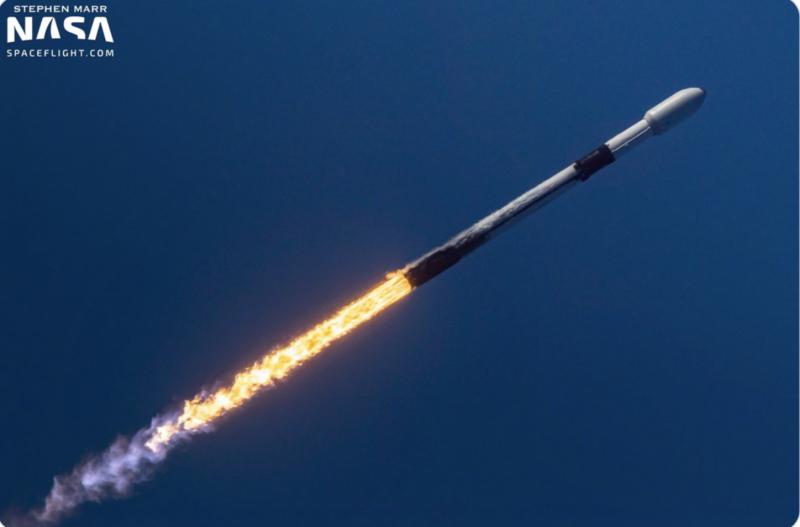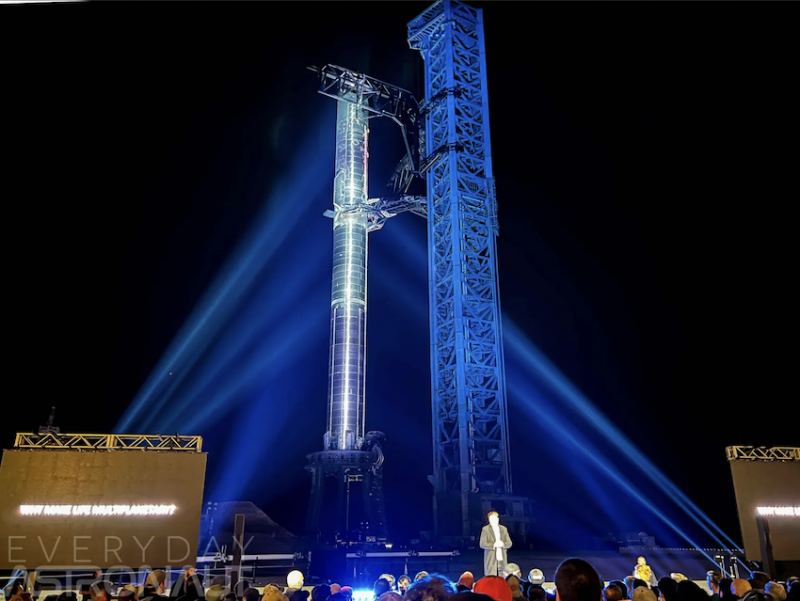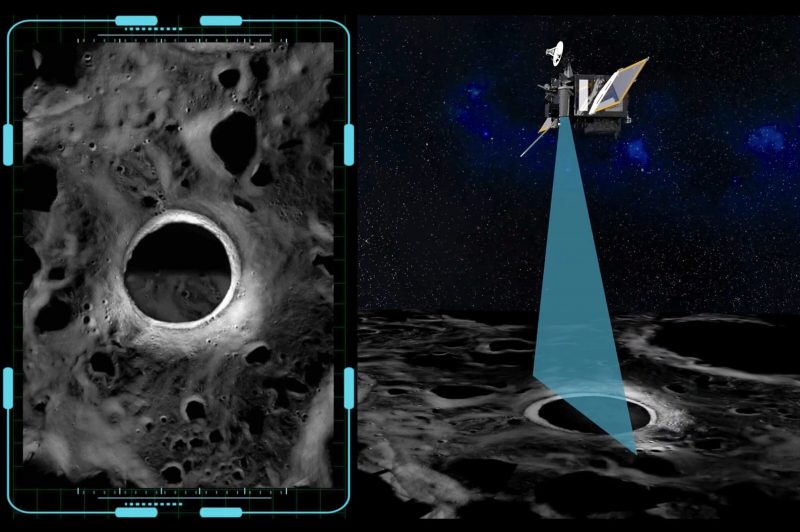
Looking for the current Launches blog? Click here.
August 4 update: Elon Musk hints at Starship launch
From Lia: Elon Musk casually said on Twitter this week that SpaceX aims to launch Starship’s first successful orbital flight “between one and 12 months from now.” So the trailblazing rocket could take to the skies as soon as a couple of weeks from now, or as late as next summer. And either timeline is conceivable, for a company with a historically fast-paced launch schedule. Writing for Teslarati this week, Eric Ralph pointed out that Musk’s prediction of one-to-12 months remains:
…open-ended while simultaneously setting some reasonable expectations about the likelihood of success.
It’s worth noting Musk’s use of the word successful. Is Musk anticipating multiple attempts to achieve a successful first orbital flight? Will Musk mark success simply by lofting Starship to orbit? Or will Starship need to haul up some satellites, maybe some Starlinks, for Musk to feel it’s been successful? In terms of ultimate goals, the SpaceX team has said it hopes Starship will be able to make a loop around the moon in 2023 and land on Mars by 2026.
In the tweet that prompted the Twitter exchange leading to Musk’s “between one and 12 months” comment, Musk had shared a video titled Why Starship is the Holy Grail For SpaceX. He commended the video, calling it a good piece.
Read more about Starship v SLS: It’s a mini space race!
A *successful* orbital flight is probably between 1 and 12 months from now
— Elon Musk (@elonmusk) August 2, 2022

August 3 update: South Korea’s 1st moon mission to launch Thursday
From Dave: Heads up! South Korea’s first mission to the moon – the Korea Pathfinder Lunar Orbiter, dubbed Danuri, meaning moon enjoy, by the South Korean Ministry of Science – will launch Thursday (August 4, 2022). It’ll go up at 7:08 p.m. ET (23:08 UTC) aboard a SpaceX Falcon 9, which was seen earlier this week fueled for the mission and awaiting the launch at Cape Canaveral Space Force Base in Florida.
The launch will be live streamed. Watch it at EarthSky or at YouTube.
NASA is flying its ShadowCam instrument aboard South Korea’s lunar orbiter. It’ll be one of five instruments flown on the mission.
Read more: South Korea’s 1st moon mission to launch August 4 … Watch here.
Targeting Thursday, August 4, at 7:08 p.m. ET for a Falcon 9 launch of KPLO to a ballistic lunar transfer orbit from Space Launch Complex 40 in Florida
— SpaceX (@SpaceX) August 3, 2022

August 1 update 2: Chinese space junk struck Borneo
From Dave: Pieces of a Chinese rocket booster – from a Long March 5B that lifted off for the Tiangong space station on July 24, 2022 – apparently crashed to Earth during an uncontrolled re-entry on Sunday, July 31. The errant 22-ton booster put on a tremendous light show as it plunged through the skies over Borneo. It mostly fell into the Sulu Sea, according to Spaceflight Now. But the Borneo Post reported on August 1 that a resident of Batu Niah – a small town on the island of Borneo – discovered metal fragments embedded about a meter deep in the compound around his house.
Then – on Twitter on August 1 – spaceflight experts shared images and videos showing impact debris and craters on the island of Borneo. Astronomer Jonathan McDowell of the Harvard-Smithsonian Center for Astrophysics (@planet4589 on Twitter) shared what he says shows impact debris and craters in both Malaysia and Indonesia on the island of Borneo.
OK, we now have reports – some convincing – of CZ-5B debris found on the island of Borneo, on both the Indonesian and Malaysian sides of the border.
— Jonathan McDowell (@planet4589) August 1, 2022
meteor spotted in kuching! #jalanbako 31/7/2022 pic.twitter.com/ff8b2zI2sw
— Nazri sulaiman (@nazriacai) July 30, 2022

August 1 update: SpaceX junk fell on an Aussie sheep farm
From Dave: Scientists at the China National Space Administration aren’t the only rocketeers raining random space junk onto Earth in recent days.
It seems SpaceX might have beat the Chinese to the (literal) punch, with an incident that began on July 9 with a loud sonic boom. The boom was heard over southern New South Wales and even in Australia’s capital city, Canberra. There was speculation then that the boom might have been caused by a SpaceX Dragon spacecraft launched in November 2020.
Bottom line: Another busy week for spaceflight as South Korea launches its 1st mission to the moon.











